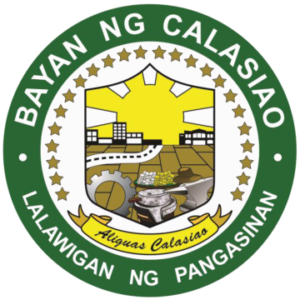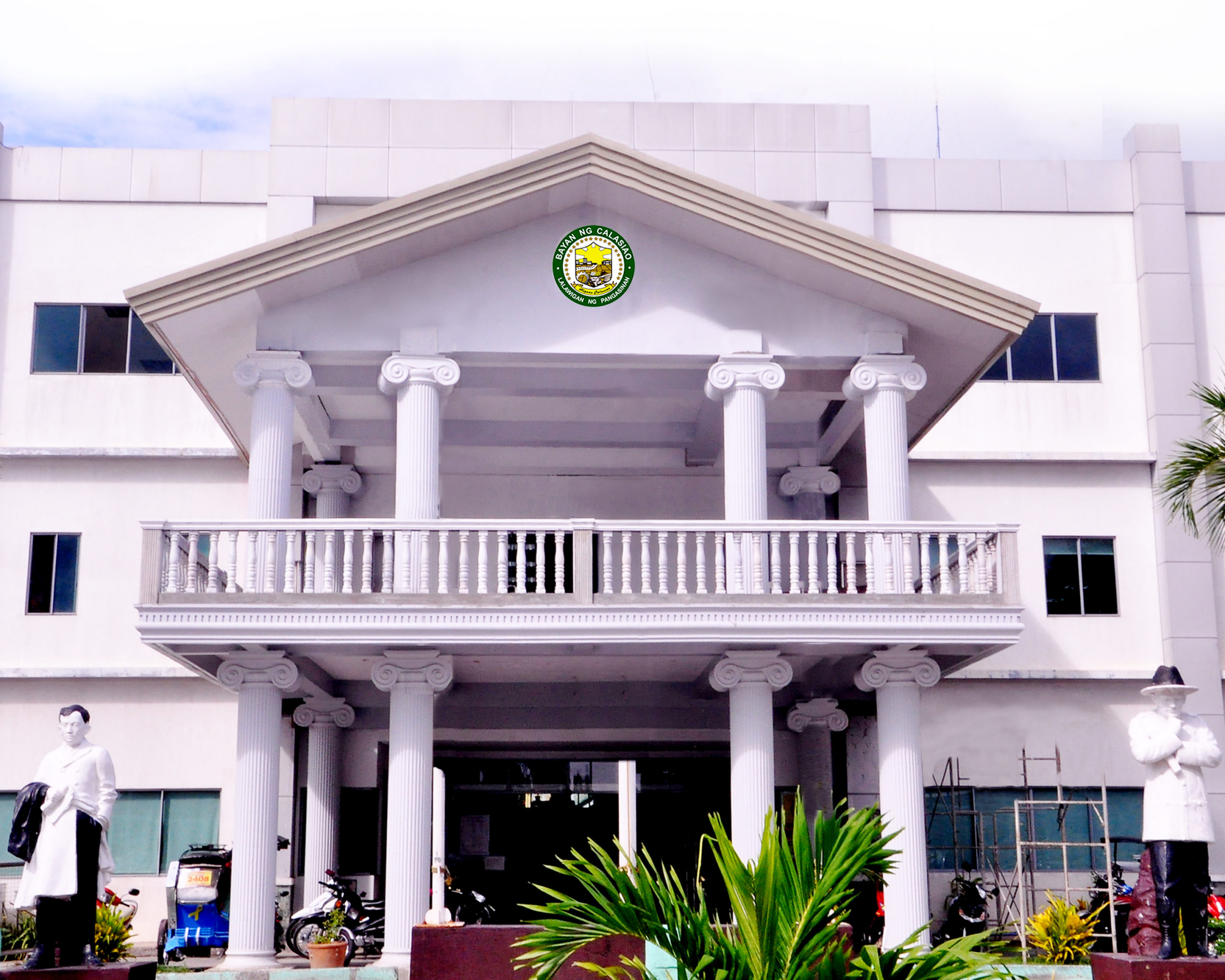The Municipality of Calasiao is the second oldest town in the Province of Pangasinan. It was founded by the Dominicans in the year 1588. CALASIAO is derived from the root word “LASI” which means a place of lightning.
Calasiao is where one can find the pilgrim site of the Señor Divino Tesoro and the only NCCA acknowledged cultural treasure in Pangasinan, the Sts. Peter & Paul Parish Church.
It is also the home of the famous and tasty Calasiao Puto.
History
The Municipality of Calasiao is the second oldest town in the Province of Pangasinan. It was founded by the Dominicans in 1588, a year after the founding of Binalatongan (now San Carlos City).
Calasiao was originally a small settlement near the town of Gabon. Because the inhabitants in Gabon were hostile, the Dominican missionaries stayed in the area. They convinced the chiefs of the settlement staying of Nalsian and Dinalaoan and Calasiao fused to form the new town of Calasiao. Gabon, although it was a much bigger settlement in the beginning, was relegated into being a mere barangay of Calasiao.
The town’s Roman Catholic church was designed as San Pablo de Calasiao in 1596. This was however renamed San Pedro Y San Pablo de Calasiao in the same year that it was enlarged. Calasiao takes pride in being one of the first and one of the new towns in Pangasinan that openly resisted Spanish oppression during those times. Calasiao was one of the first towns of Pangasinan that joined the Malong Rebellion of 1660‐1661.
It joined the forces of Andres Malong of Binalatongan in its desire for retribution against Spanish malpractices. In another uprising against Spanish rule, led by Juan Dela Cruz Palaris of Binalatongan, Calasiao was again one of the ten rebel towns that succeeded in driving the Spanish ruler and friars out of their boundaries.
The town’s Roman Catholic Church was designed as San Pablo de Calasiao in 1596. This was however renamed San Pedro Y San Pablo De Calasiao in the same year that it was enlarged.
Facts and Figures

Rice Field or Farmland (Yellow Green) – signifies that Calasiao is a vast land with flat terrain, which could be developed into residential, commercial or other functional areas. As farm areas, they can be easily irrigated.
Coconut Tree – signifies the abundance of coconut trees and other fruit trees in the area.
Hat (Brown) – stands for hat-making, one of the leading cottage industries in the municipality.
Pile of Bamboo (Green) – symbolizes the raw materials used in cottage industries in the municipality.
Anvil and Mallet (Gray) – represent blacksmithing, the primary industry of the town residents.
Vat / Pan (Black and Gray) – symbolizes puto-making, a leading occupation of the townspeople.
Fish (White) – stands for the five (5) big and wide-fishing grounds of the municipality, namely: Basasong, Anolid, Marusay, San Vicente, and Bayaoas.
BOUNDARIES:
North – Dagupan City
South – San Carlos City
East – Sta. Barbara
West – Binmaley
DISTANCE (kms.):
Lingayen – 20.00
Manila – 207.4
NUMBER OF BARANGAYS: 24 Barangays
SEASONS:
Dry – December to April
Wet – May to November
AVERAGE ANNUAL RAINFALL (mm.): – 191.39
AVERAGE MONTHLY TEMPERATURE (Celcius) – 27.63 °C
STATUS OF LAND CLASSIFICATION (has.):
Total Land Area – 5,339 has.
Alienable and Disposable Land – 5,339 has.
SOIL TYPE:
San Manuel Silty Clay Loam
Pangasinan Fine Sand
San Manuel Silt Loam
Hydrosol
Major River: Marusay River
Minor Rivers:
– Parongking River
– Bingko Creek
– San Pablo River
– Basasong River
– Oriao Creek
Total No. of Registered Voters: 54,973
| Homepage/Website | calasiao.gov.ph |
| Land Area | 5,339 has or 5.34 square kilometers |
| Currency | Philippine Peso (Php) |
| Political Administrative | Located in 3rd District of Pangasinan |
| Barangays/Urban/Rural | 24 Barangays Urban – 5 barangays Rural – 19 barangays |
| Location | Calasiao lies in the upper half of Central Pangasinan |
| Distance to Lingayen | 19.70 Kilometers |
| Language | Pangasinan, Ilocano, Tagalog |
| Topography | Unbroken piece of land with slope that varies from zero (0) to maximum of 4% |
| Climate | Generally Fair |
| Average Temperature | 27.6° Degrees Centigrade During the months of June, July, August, September, and October, the prevailing winds are present coming from the south west, travelling northward and finally westward of the Philippine Sea. |
| Population | 100,471 (PSA) 2020 |
| Sex Ratio | 1:1.05 (Male to Female) |
| Population Growth | 1.12 |
| Number of Households | 25,956 (PSA) 2020 |
| Business/Industry | 2,071 |
| Banks/Lending, Pawnshops | 47 |
| Tourist attraction | Señor Divino Tesoro Shrine Sts. Peter and Paul Parish Church |
| Major Agricultural Products | Rice, Corn, Mango, Vegetables, Fruits, Root crops |
| Communications | 1 (Philpost) PLDT (Phil Long Distance Telecom) Smart Cable TV, Sun Cellular, Globelines |
| Water Districts | WaterforCalasiao Calasiao Water Company |
| Power Facility | Dagupan Electric Corporation (Decorp) Central Pangasinan Electric Company (Cenpelco) |
| Poverty Threshold | 13,160 (2018) |
| Protected Areas | SAFDZ – 150.35has. |
| Agricultural Area | 3,055 hectares |
| Major Livestock and Poultry | Poultry, Swine, Carabao, Cattle, Goat |
| Primary Schools | 37 |
| Elementary Schools | 37 (27 public, 10 private) |
| Secondary Schools | 13 (4 public, 9 private) |
| Tertiary/College | 3 (Private) |
| Literacy Rate | 99.21% |
| Number of Hospitals/Birthing Home | 1 Birthing |
| Barangay Health Stations | 25 |
| Day Care Centers | 10 |
| Senior Citizens Affairs Office | 1 |





